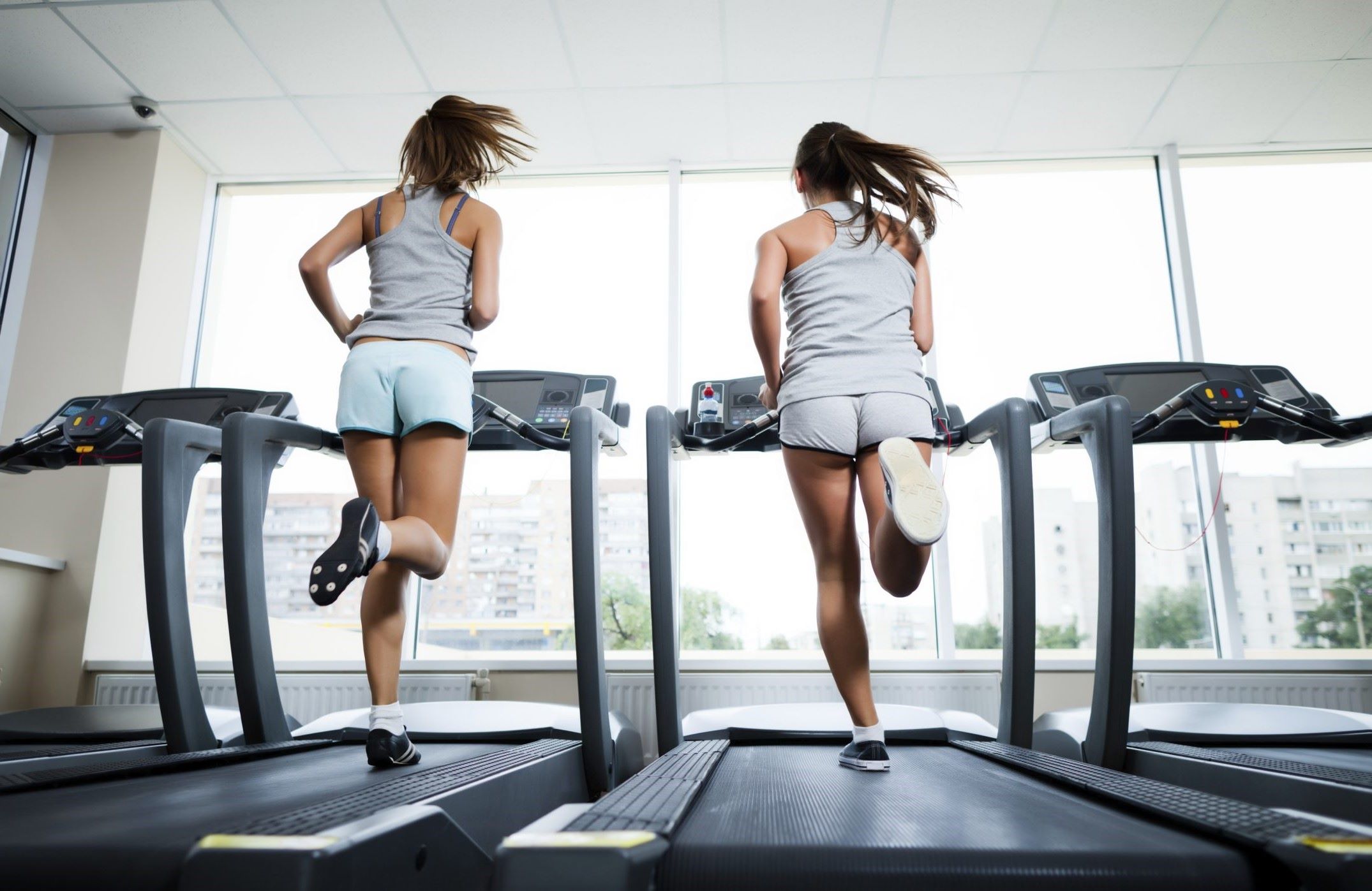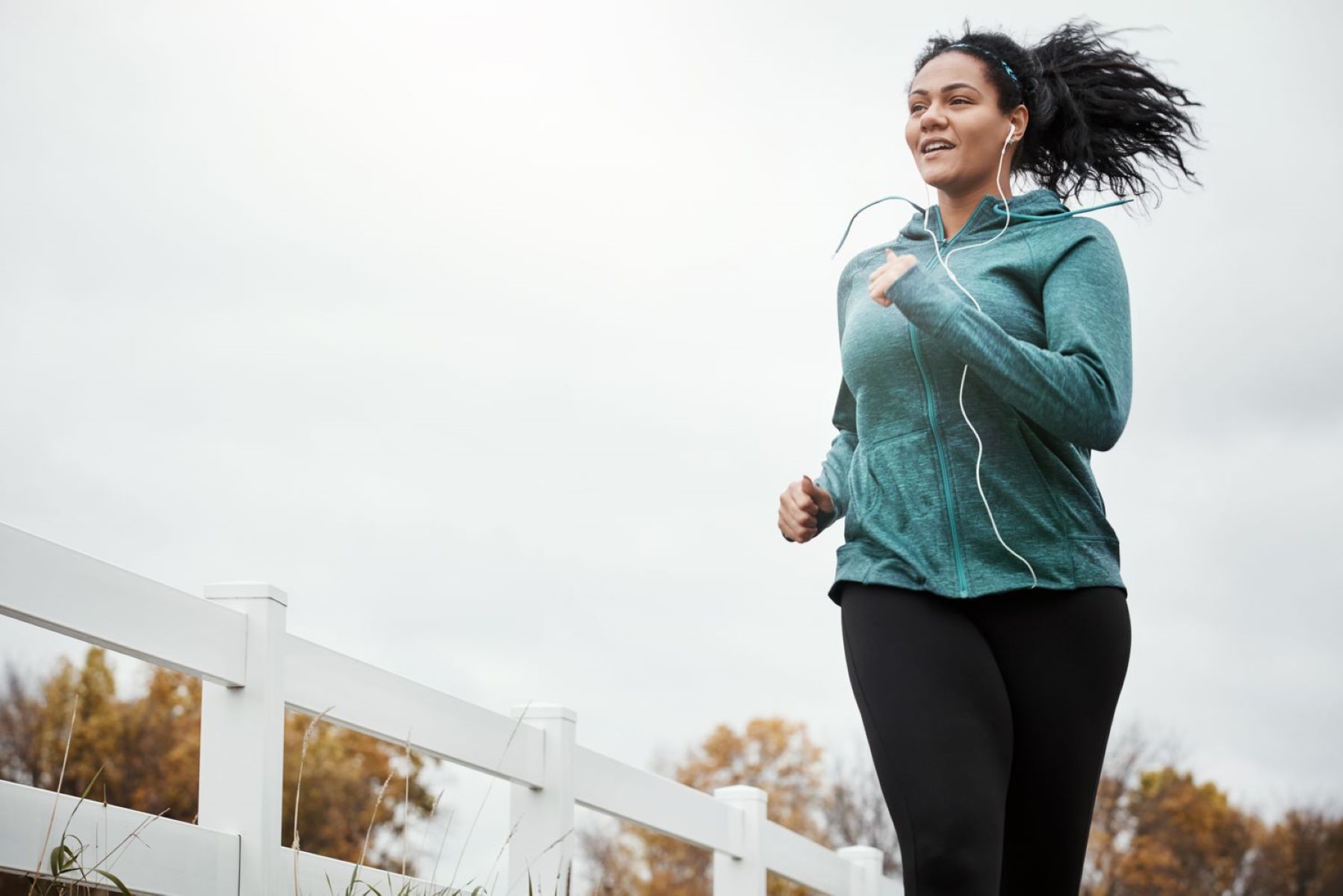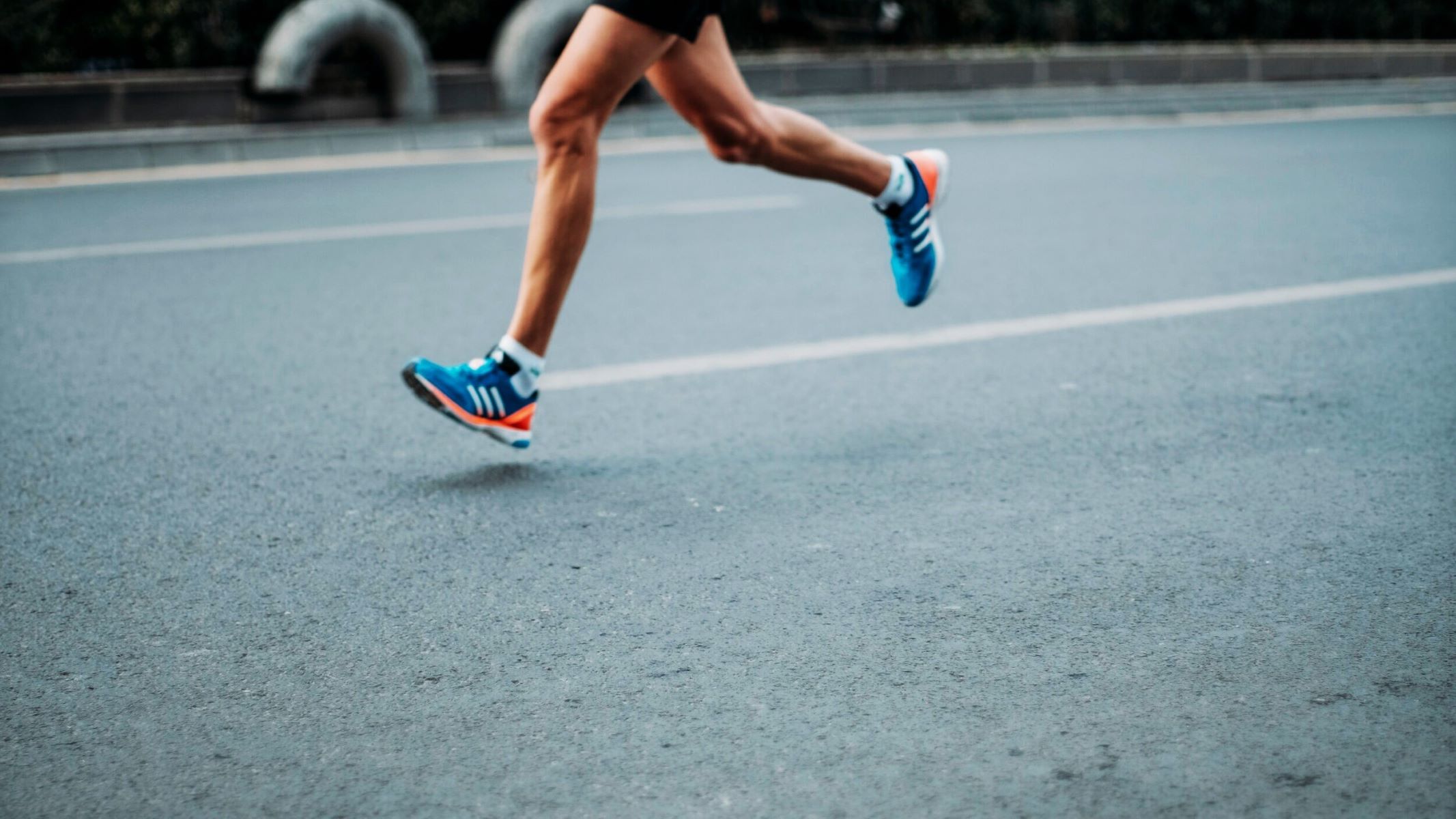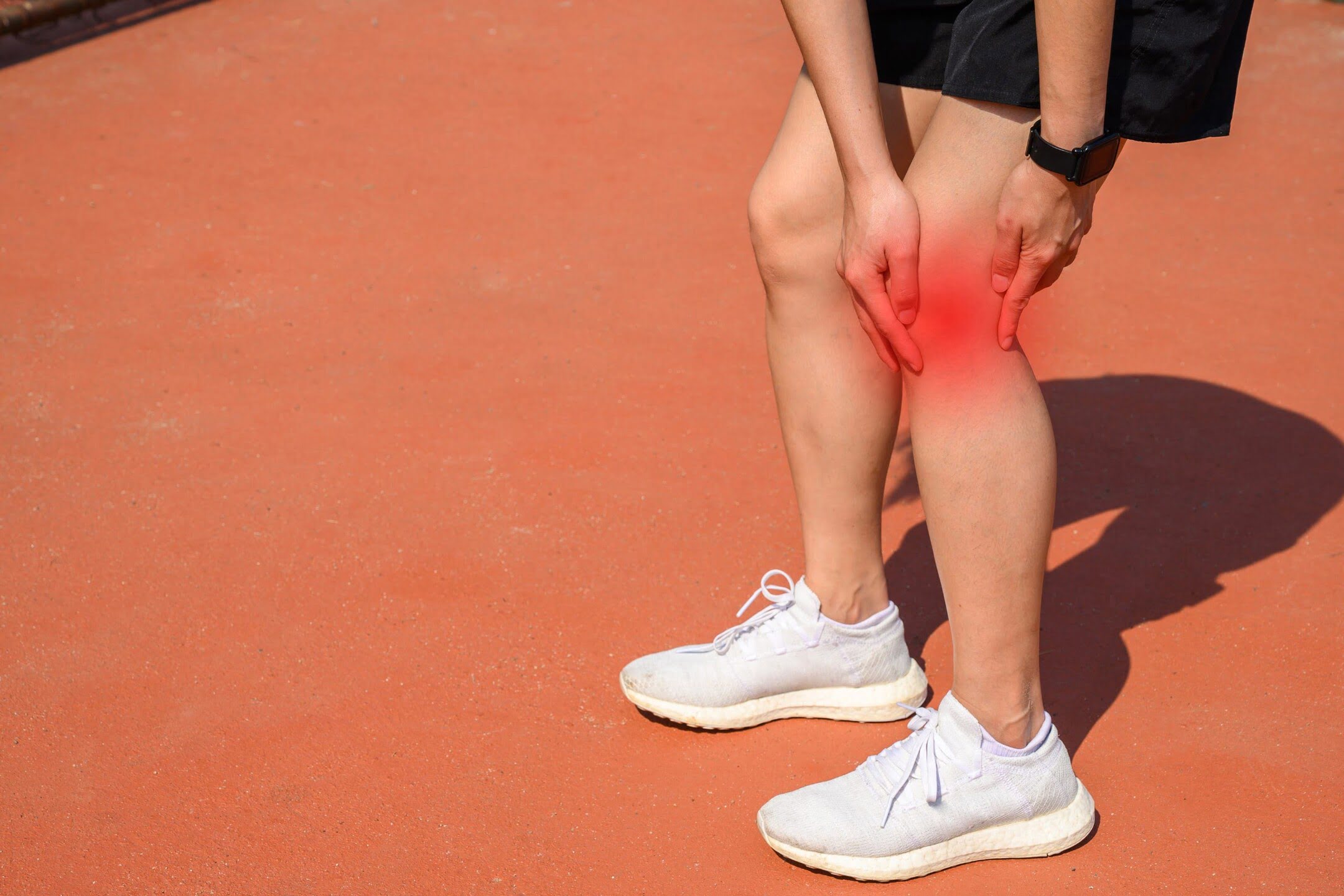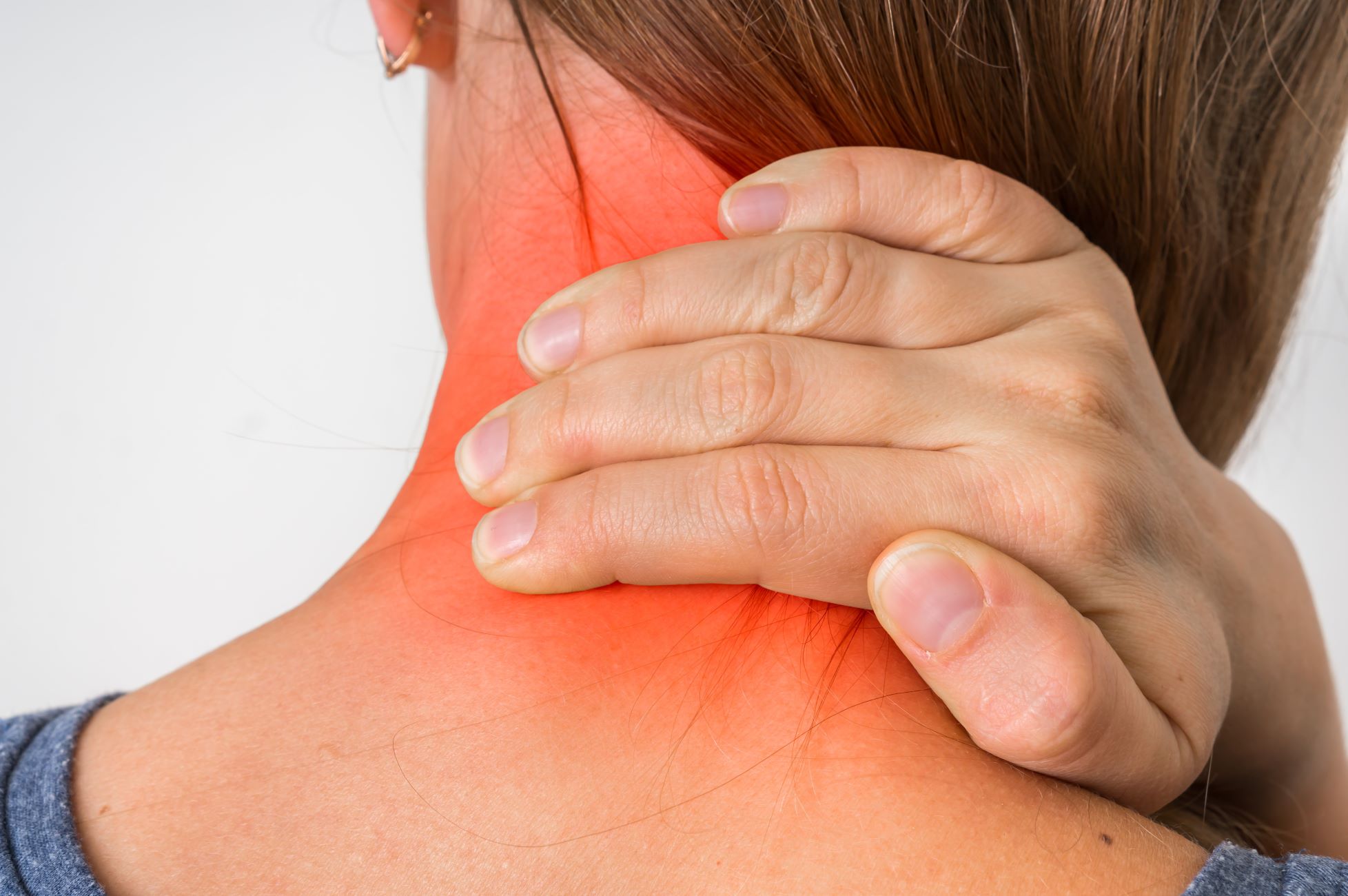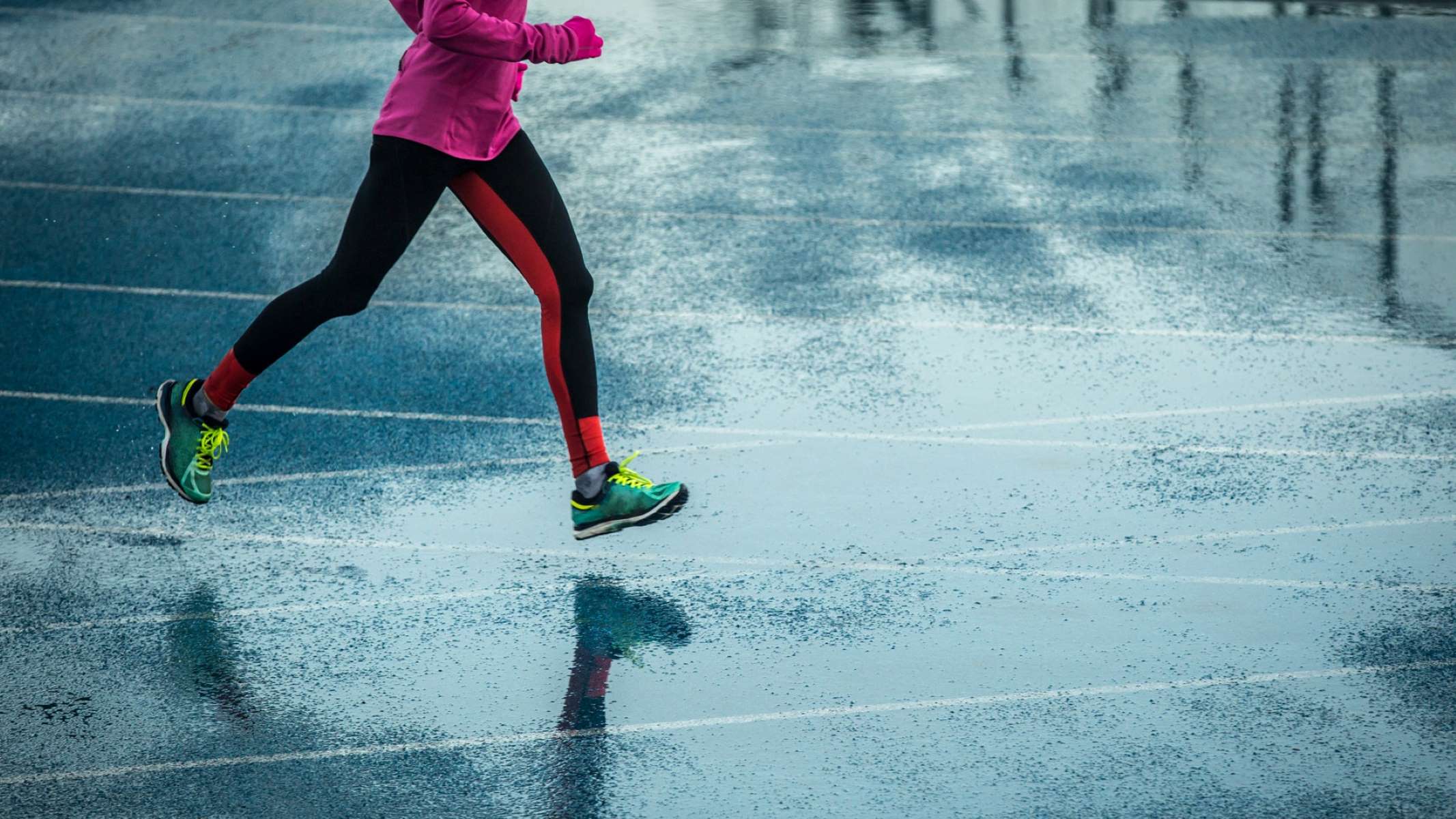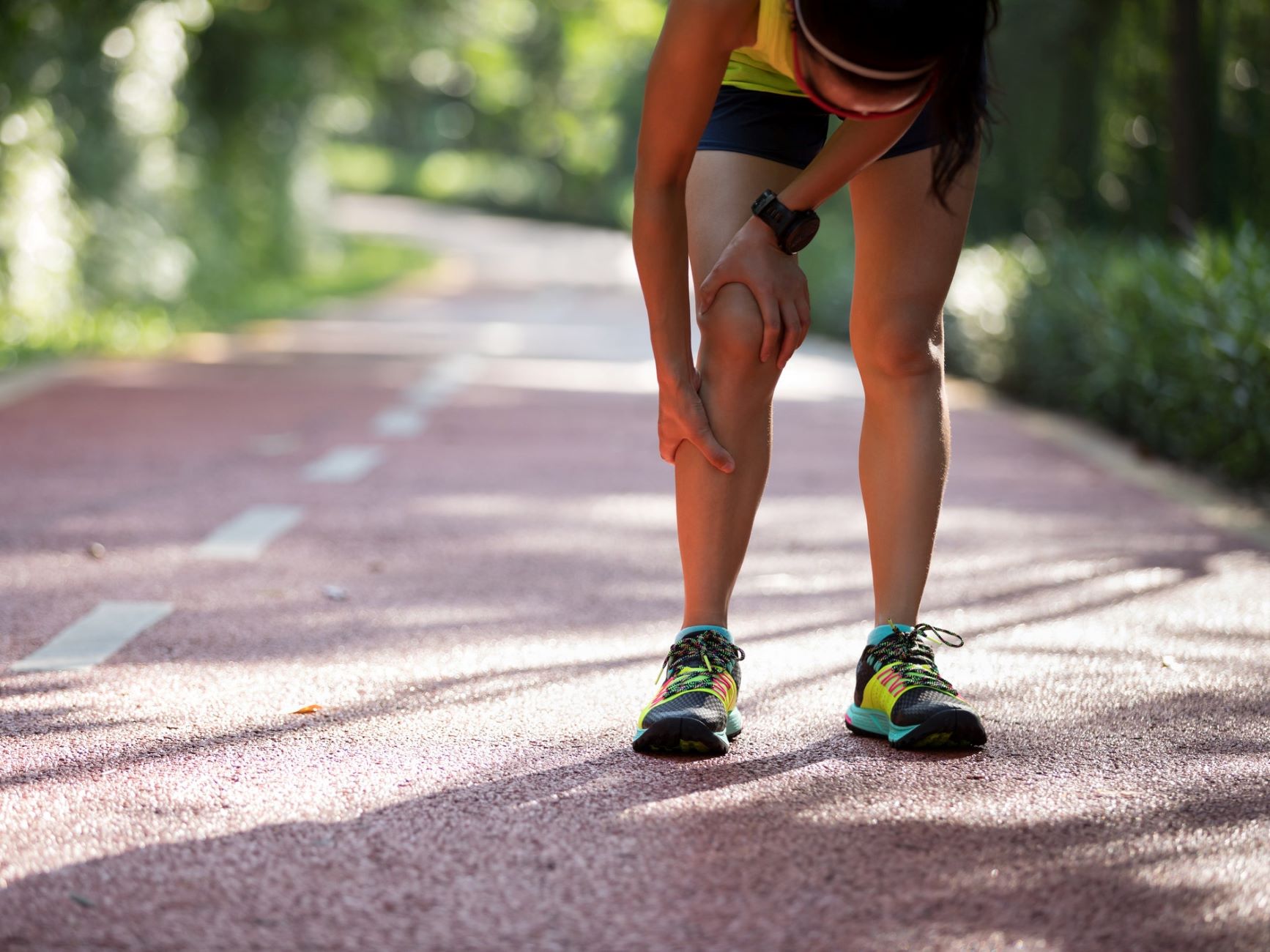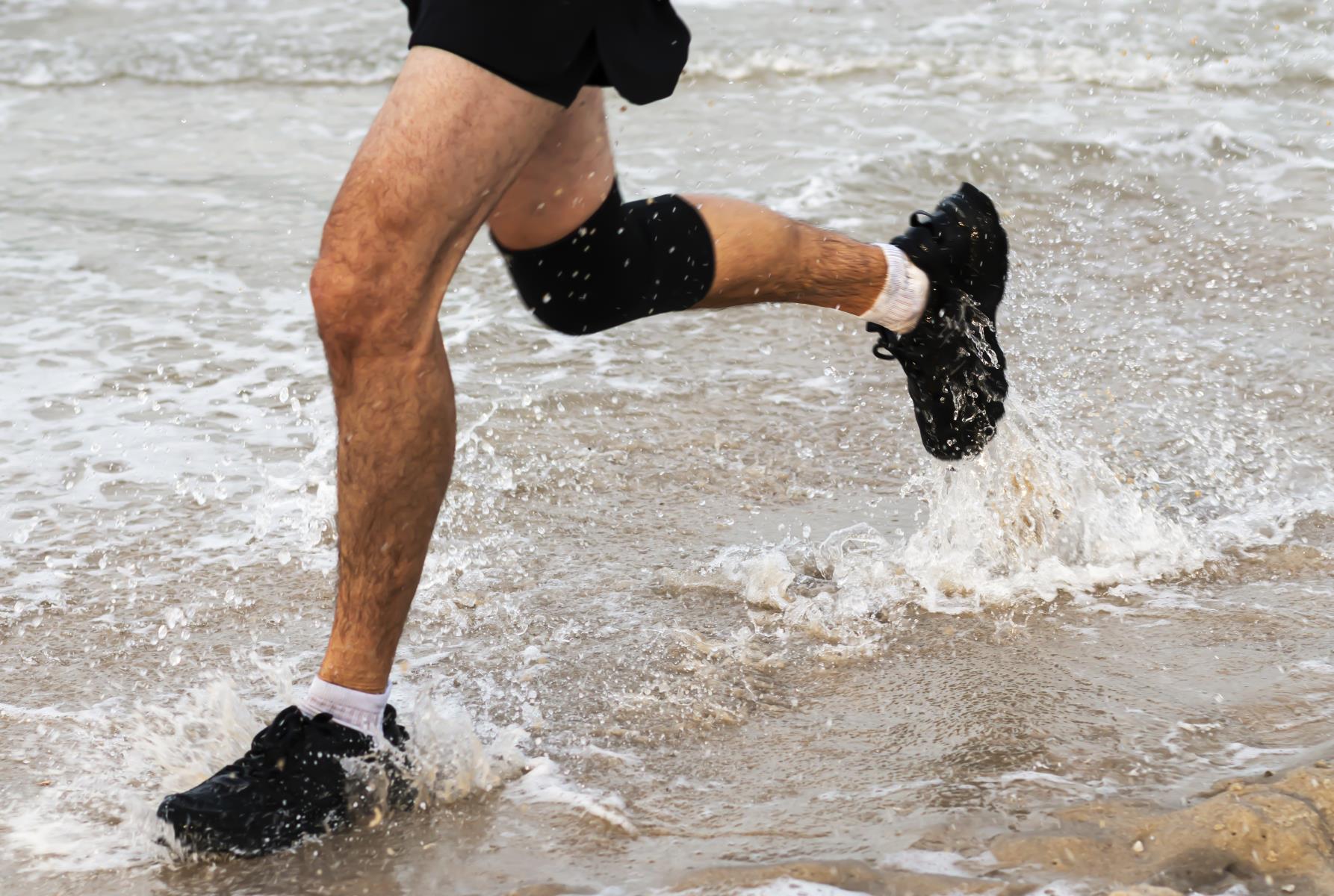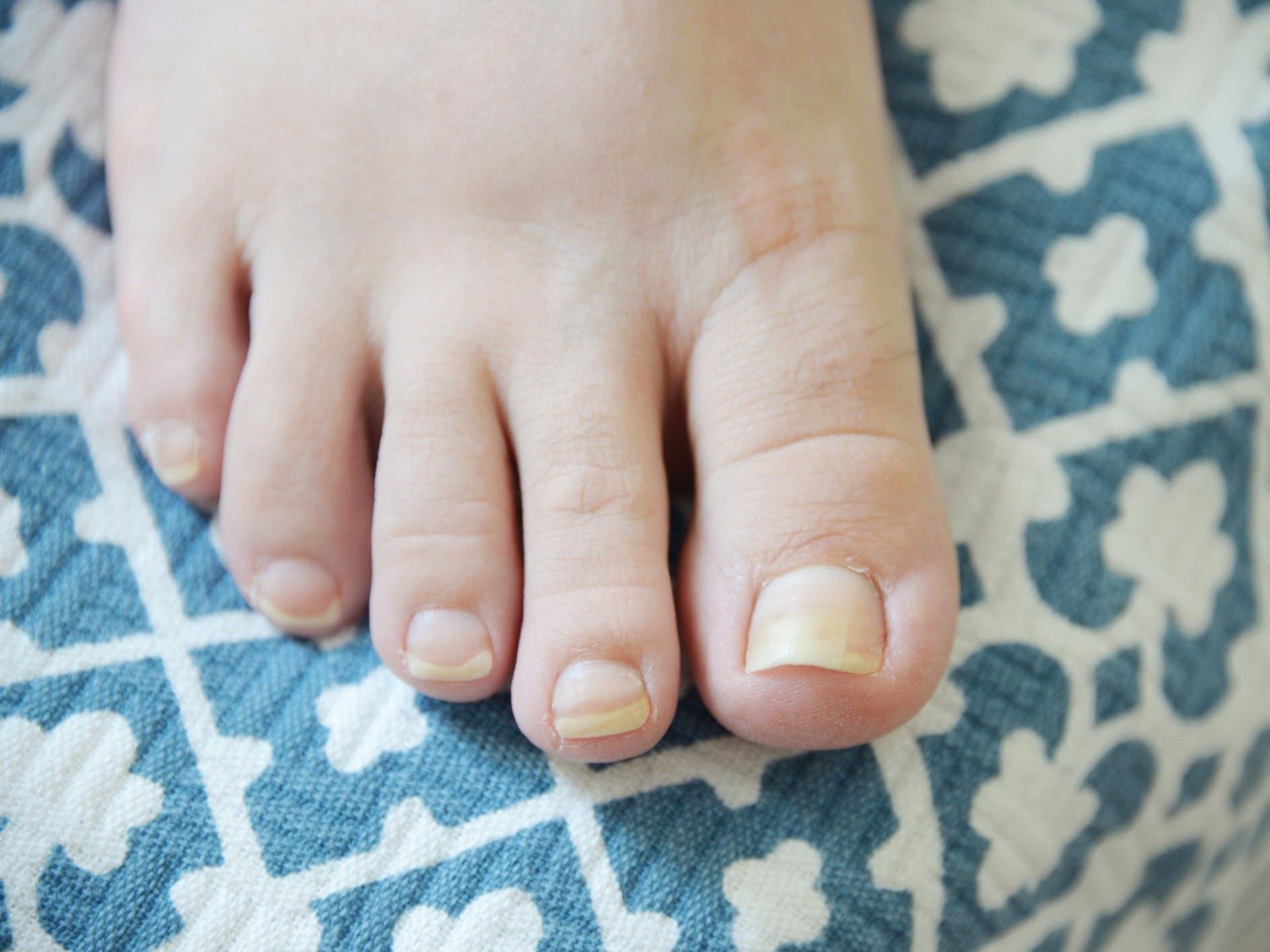Home>Health & Nutrition>Injury Prevention>Running: Tips For Preventing And Treating Corns
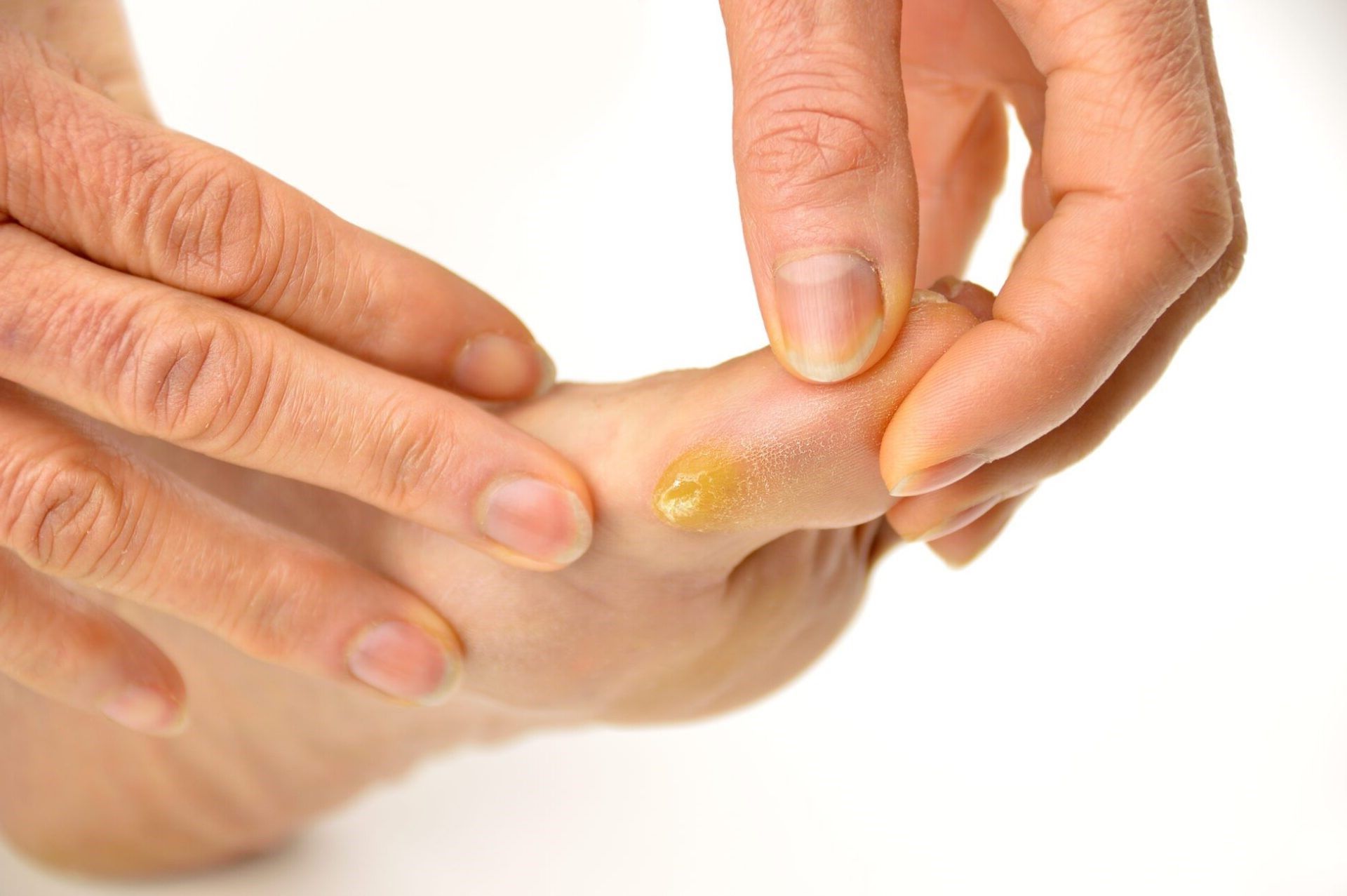

Injury Prevention
Running: Tips For Preventing And Treating Corns
Published: February 23, 2024
Learn effective strategies for preventing and treating corns to keep your feet healthy and pain-free. Discover expert tips for injury prevention while running.
(Many of the links in this article redirect to a specific reviewed product. Your purchase of these products through affiliate links helps to generate commission for Therunningadvisor.com, at no extra cost. Learn more)
Understanding Corns
Corns are a common foot ailment that can cause discomfort and pain, especially for runners. They are small, hardened areas of skin that develop when the skin is exposed to excessive pressure or friction. These pesky little bumps often form on the toes or the balls of the feet, where the skin is subjected to repetitive rubbing or pressure from ill-fitting shoes or intense physical activity like running.
Corns can be easily distinguished from calluses by their central core, which can cause intense pain when pressed. They may appear as a raised, round bump with a hardened center, surrounded by inflamed skin. The pressure and friction from running can exacerbate corns, making it crucial for runners to understand how to prevent and treat them effectively.
It's important to note that corns are not the same as plantar warts, which are caused by a virus and have a different appearance. Understanding the nature of corns is essential for runners to take proactive measures to prevent their development and alleviate any discomfort they may cause.
By gaining a deeper understanding of corns, runners can equip themselves with the knowledge needed to maintain healthy and pain-free feet, allowing them to continue pursuing their passion for running without unnecessary hindrances.
Preventing Corns While Running
Corns can be a persistent nuisance for runners, but there are several proactive measures that can be taken to prevent their development. By implementing these strategies, runners can minimize the risk of corns and maintain healthy, pain-free feet.
Proper Footwear
Selecting the right footwear is paramount in preventing corns while running. Ill-fitting or tight shoes can create excessive pressure and friction on the toes and balls of the feet, leading to the formation of corns. It is essential to invest in running shoes that provide ample room for the toes and offer adequate cushioning to absorb the impact of each stride. Additionally, ensuring that the shoes are properly laced can prevent unnecessary movement and rubbing, reducing the risk of corn development.
Moisture Management
Moisture can exacerbate friction, making the skin more susceptible to corns. Runners should prioritize keeping their feet dry by wearing moisture-wicking socks and changing them promptly if they become damp during a run. Applying talcum powder or foot powder can also help absorb excess moisture, reducing the likelihood of friction-induced corns.
Protective Padding
For runners prone to developing corns, utilizing protective padding can be beneficial. There are various types of cushioned pads and sleeves designed to alleviate pressure and friction on vulnerable areas of the feet. These can be particularly useful for individuals with foot deformities or structural abnormalities that predispose them to corns.
Regular Foot Inspections
Regularly inspecting the feet for any signs of redness, irritation, or the early formation of corns is crucial for prevention. By identifying these issues early on, runners can take prompt action to address the underlying causes and prevent the corns from progressing. Additionally, maintaining proper foot hygiene and keeping the toenails trimmed can reduce the risk of corns developing due to pressure from adjacent toes.
Gradual Training Progression
Gradually increasing running intensity and distance can help prevent corns by allowing the feet to adapt to the physical demands placed on them. Sudden and drastic changes in training regimens can subject the feet to excessive pressure and friction, increasing the likelihood of corn formation. By allowing the feet to acclimate to the demands of running, runners can minimize the risk of developing corns.
By incorporating these preventive measures into their running routine, individuals can significantly reduce the likelihood of developing corns, enabling them to enjoy their runs without the discomfort and inconvenience associated with this common foot ailment.
Treating Corns When They Occur
When corns develop, it's essential to address them promptly to alleviate discomfort and prevent further complications. Here are effective strategies for treating corns when they occur:
Proper Footwear Adjustment
One of the first steps in treating corns is to address the underlying cause, often related to footwear. Switching to properly fitting shoes that provide ample room for the toes and cushioning can help relieve pressure on the affected areas. Avoiding shoes with narrow or pointed toe boxes is crucial in preventing further irritation and allowing the corns to heal.
Padding and Cushioning
Utilizing protective padding, such as moleskin or gel-filled cushions, can help reduce friction and pressure on the corns. These specialized pads act as a barrier between the affected area and the shoes, providing relief and promoting healing. It's important to ensure that the padding is applied correctly to avoid additional friction.
Soaking and Moisturizing
Soaking the feet in warm, soapy water can help soften the corns, making them easier to remove. After soaking, gently exfoliating the affected area with a pumice stone or foot file can help reduce the thickness of the corns. Following this, applying a moisturizing cream or lotion can help keep the skin soft and prevent the corns from returning.
Avoiding Self-Removal
While it may be tempting to attempt to remove corns using over-the-counter treatments or sharp objects, it's crucial to avoid self-removal. Improper removal methods can lead to infection, scarring, and further discomfort. Seeking professional advice from a podiatrist or healthcare provider is the safest approach for addressing persistent or painful corns.
Addressing Underlying Foot Conditions
In cases where corns frequently recur or are particularly stubborn, it's important to address any underlying foot conditions that may be contributing to their development. This may involve seeking professional guidance to assess foot structure, gait, or biomechanical issues that could be exacerbating the problem.
Seeking Professional Care
If corns persist despite home treatments or if they cause severe pain, consulting a podiatrist or healthcare professional is advisable. They can provide tailored treatment options, such as custom orthotics, to alleviate pressure on the affected areas and prevent future corn formation.
By implementing these strategies, individuals can effectively treat corns when they occur, promoting healing and preventing the recurrence of this common foot ailment.

